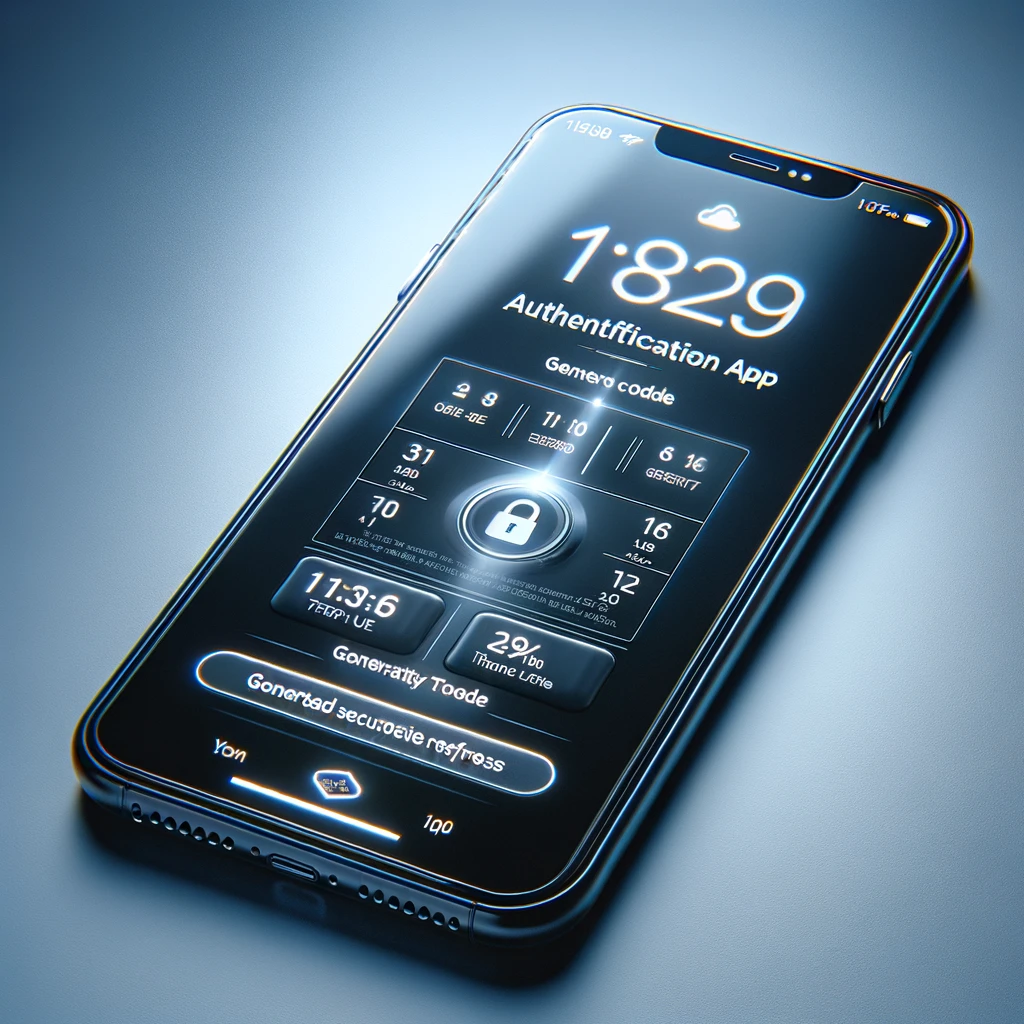Your cart is currently empty!

In the ever-evolving landscape of cyber security, keeping our digital lives secure is more crucial than ever. With hackers becoming increasingly sophisticated, a simple password may no longer suffice to protect your online accounts. Enter Two-Factor Authentication (2FA), the digital world’s equivalent of a safety belt that adds an extra layer of security to your online activities. Let’s delve into what 2FA is and why it’s essential for everyone.
What is Two-Factor Authentication?
Two-Factor Authentication is a security process in which users provide two different authentication factors to verify themselves. This method is a part of multi-factor authentication, which ensures a higher level of security than just your typical username and password combo. 2FA can include something you know (like a password or PIN), something you have (such as a mobile device or security token), or something you are (like a fingerprint or facial recognition).
Why is 2FA Important?
Imagine your online accounts as a house. A password is like the lock on the door. If someone steals or guesses your key (password), they can enter your house (account) unhindered. 2FA adds an alarm system or an additional lock that only you can open, making it significantly harder for intruders to gain unauthorized access.
Here are a few reasons why 2FA is essential:
- Enhanced Security: By requiring a second form of identification, 2FA makes it much more difficult for potential intruders to access your personal data.
- Mitigates Damage: Even if your password is compromised, 2FA protects your account from being accessed by unauthorized users.
- User Convenience: Many 2FA methods are straightforward to use and integrate seamlessly into the login process, offering enhanced security without a complicated process.
- Increased Trust: For businesses, implementing 2FA demonstrates a commitment to protecting customer data, thereby increasing trust and credibility.
Types of Two-Factor Authentication
- SMS and Email Codes: A code sent to your phone or email.
- Authentication Apps: Apps like Google Authenticator or Authy generate time-sensitive codes.
- Hardware Tokens: Physical devices that generate a code you can use to log in.
- Biometrics: Fingerprint, facial recognition, or retina scans.
How to Start Using 2FA
Getting started with 2FA is easier than you might think. Most online services offer 2FA options in their security settings. Here’s how to enable it generally:
- Visit the Security Settings: Find the security or privacy settings of your online account.
- Select Two-Factor Authentication: Look for 2FA or multi-factor authentication options.
- Choose Your 2FA Method: Select from SMS, email, app, or another available method.
- Follow the Setup Instructions: Complete the setup process as guided by the service.
Discover more from LithGeek Custom Gaming Computers
Subscribe to get the latest posts sent to your email.
by
Tags:


